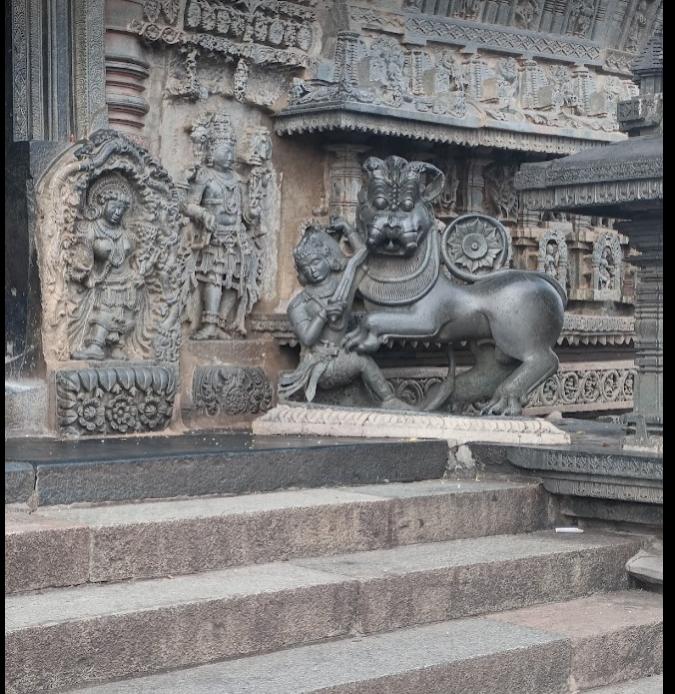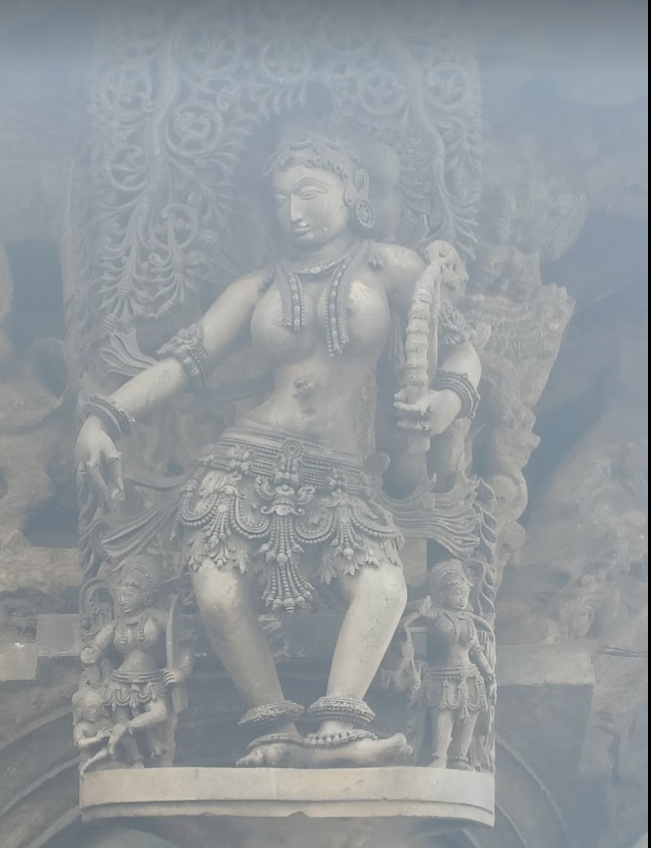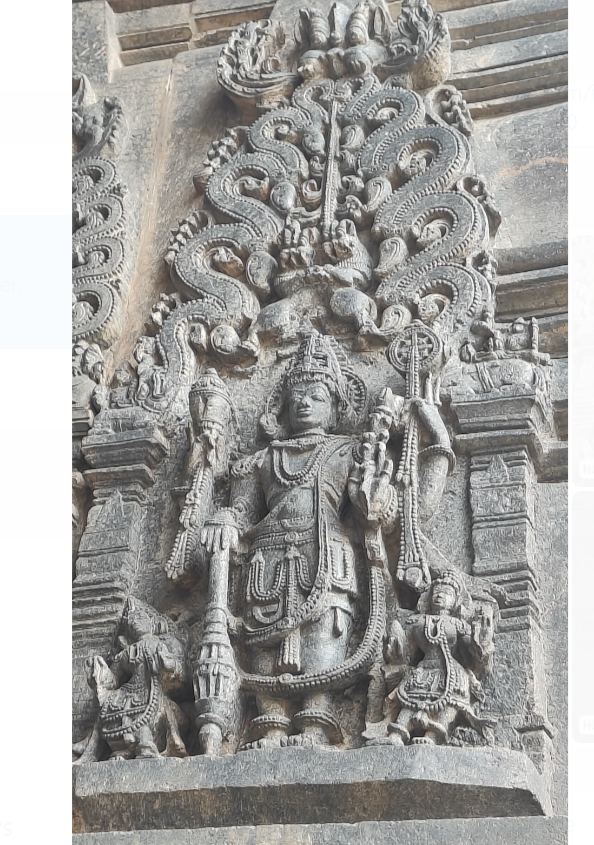Cricket has been in the news lately. The astronomical financial package awarded to some of our favorite cricketers grabbed the headlines. Someone got 10 crores, another got 20, running all the way to a whopping 27 crores!
What would take a person of moderate achievement several
lifetimes, the cricketer pockets, by simply showing up in one edition of the
annual T-20 circus!
Let’s face it, there are 2 types of people! On one hand, we
have the cricket-madcap! He doesn’t follow the game- rather, he breathes the game, day-in and day-out. We will call him a “cricket nut” for easy reference. And
then, we have the opposite breed, for whom, cricket is an anathema. This breed just
cannot understand what the fuss is all about. We will call this person the “anti-cricket-brigade”.
Often, the cricket-nut and the anti-cricket-brigade live
under the same roof. It keeps the home lively!
“27 crores! The franchise bought him for 27 crores just to play a game of Cricket!
What madness is this? Our scientists sent a vehicle to the moon! To the moon,
mind you! Did they get paid even a fraction of this 27? There must be some sense
of proportion!” the anti-cricket-brigade is totally aghast!
“Leave the scientists. What about other sports? Let’s take hockey,
kabaddi, kho-kho or aeroplane-paandi. Do those players get any recognition? It’s because of over-the-top cricket fans like you, that such filthy money is poured
into one game!”
The cricket-nut takes the attack personally and sulks in a corner.
Reference to “aeroplane paandi”, that silly game of hopscotch and comparing it with
cricket is too much! For some time, the cricket-nut imagines an IPL organized
for aeroplane-paandi- how the hopscotch squares will be drawn on the ground with
a piece of chalk, how players from around the world will be invited to hop on
one foot! And yes, you will now need stadium-full of fans, colored uniforms, cheerleaders,
and expert commentators to seriously analyze the game of paandi! The cricket-nut
couldn’t suppress a giggle, even in the imagination! Paandi just wouldn’t cut
it, would it?
The other day, the cricket-nut came home terribly depressed.
His face had a forlorn look, as though all was lost in life. With his eyes pressed
tight, eyebrows knitted, fists clasped, he pleaded fervently, “Can you please pray?”
The anti-cricket-brigade asked, “Pray? For whom? Is someone unwell?” “No! I
want you to pray for India!” “For India? Why?” The cricket-nut explained, “India
has lost 7 wickets for 30 runs, that too against New Zealand. Can you pray...so
that they cross their lowest score of 36, to avoid more disgrace?” One look at
the anti-cricket-brigade, and the cricket-nut knew, no prayer could be
extracted! “Serves them right! Serves you right! And now, may I ask, how many
of your heroes scored zeroes, absolute eggs, total “andas”, and still earned 27
crores?” The anti-cricket-brigade was being overly nasty.
“I am planning to grow a beard!” the cricket-nut began
conversation at home, a week ago. “Virat has not scored a 100 for the last couple
of years. Till he scores his next 100, I plan to grow a beard, as a resolve, as
a “mannat”!” The brigade shot back, “Don’t you have anything better to do? Take
care. Your beard will reach your toes, but Virat isn’t going to score any
better!” The brigade was totally wrong! I had a stubble for just 2 days. Virat scored
his 30th century! The beard-mannat did the trick. Wish I had known
this earlier.
The cricket-nut got home from office. He was jubilant. He flung
the office-bag to one corner and kicked off his shoes. The brigade asked, “So
happy! Did you get a promotion? Or a hefty bonus?” Scattering the roll of socks,
the cricket-nut explained, “No! This is even bigger! Much, much, much bigger!
You know what? India won the Perth Test! India won at Perth, the fastest wicket
in the world! At Perth! Can you believe it? India pummeled Australia! Australia
did not know what hit them! Bumrah and Virat, Jaiswal and….!” the cricket-nut reeled
away, while the brigade blinked back, totally alarmed!














